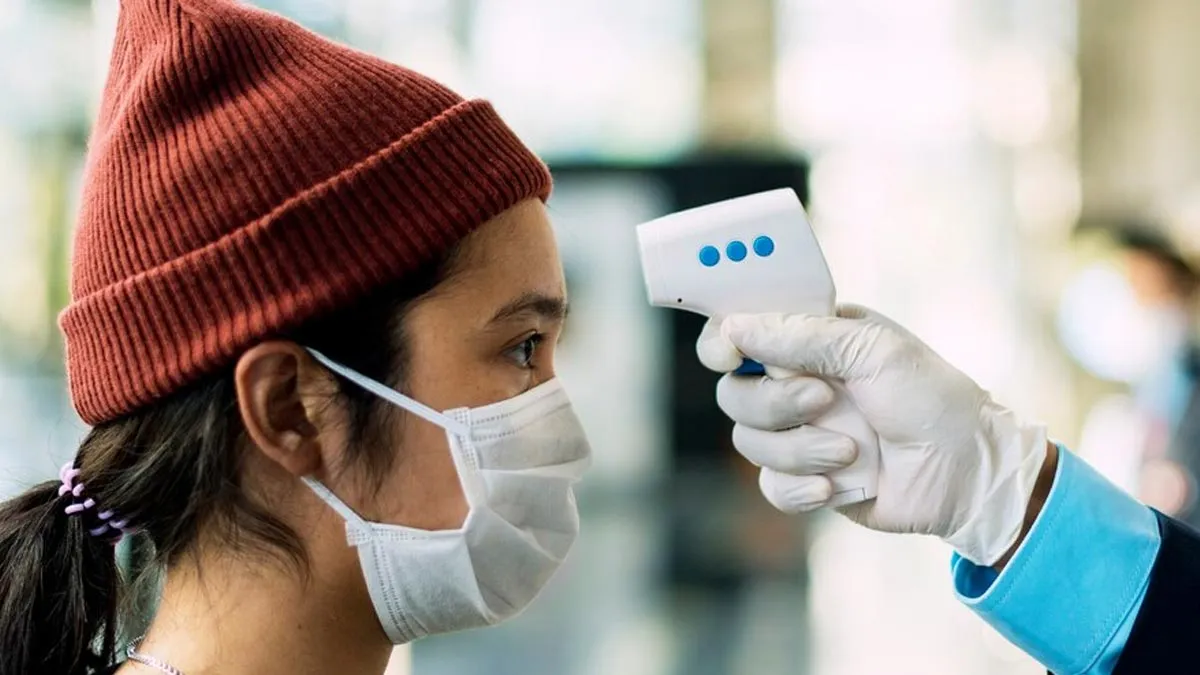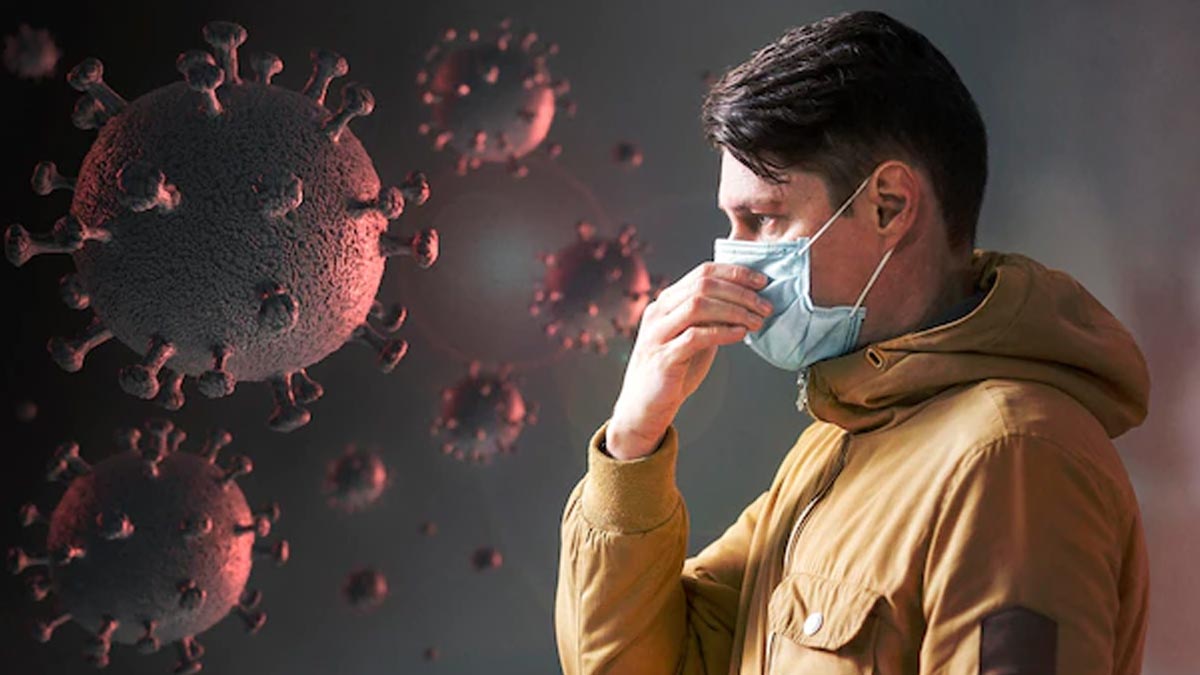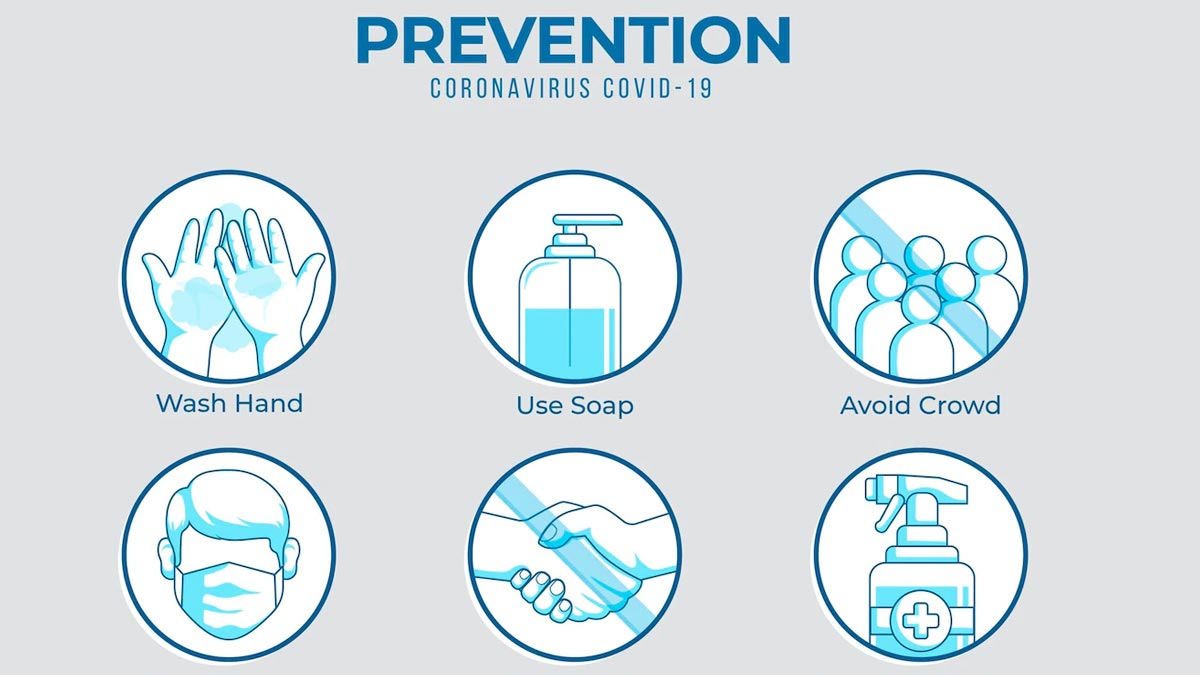
Two of the new COVID-19 variants, Nimbus (NB.1.8.1) and Stratus (XFG), are being reported in the United States as numbers start increasing in a number of states. Both are from the Omicron branch and, reassuringly, are mostly linked to mild illness. Their occurrence has brought the focus once again to evolving symptoms, effective therapy, and the need for preventive healthcare routines.
Table of Content:-
India, for instance, has not recorded a significant spike attributed to these variations. The general trend is still stable, although with the call for caution and vigilance, similar to with other flu viruses.
Symptoms and Clinical Features of New COVID Variant
In an exclusive interaction with the editorial team of Onlymyhealth, our expert, Dr Rahul Sharma, Additional Director, Pulmonology & Critical Care, Fortis Hospital - Noida, explained that similar to earlier Omicron subvariants, Nimbus and Stratus primarily target the upper respiratory system and are likely to manifest as temporary, cold-like symptoms. Some common symptoms include:
- Fever
- Sore throat
- Cough
- Nasal congestion
- Runny nose
- Fatigue
- Body aches
Nimbus (NB.1.8.1): Tends to produce a very sore throat, often reported as a "razor-blade throat."
Stratus (XFG): Rarely associated with chest pain, throat stuffiness, and strange drowsiness, although these are still less frequent and not generally substantiated.
Different from the previous strains such as Delta which were more virulent and produced severe symptoms of high fevers, taste and smell loss, pneumonia, and higher hospitalisation requirements. The new subvariants present similarly to a common cold and infrequently give rise to serious pulmonary complications.
Also Read: Understanding Your Ovarian Reserve: Why Age and AMH Matter in IVF Success

Treatment and Response to Medicines of New COVID Variant
Dr Shama however shared that tgood news is that vaccines so far continue to be effective against both Stratus and Nimbus. This is mainly because they belong to the Omicron family, existing treatments also continue to function optimally. Here is how he explained the treatment process:
- Primary treatment: Rest, rehydration, management of fever, and observation of oxygen levels.
- In high-risk individuals: Antivirals can be taken under close medical supervision.
- Hospitalisation: There has been no elevated increase reported and most patients have been recovering without any issues.
Global health authorities have not released new treatment recommendations since the disease severity hasn't increased.

Prevention Tips For New COVID Variant
“The most effective protection is still regular preventive behaviour, most of which were highlighted during the pandemic,” Dr Sharma added. These may include:
- Practice good habits: Cover your mouth on coughing, stay away if symptomatic, and not enter crowded places if ill.
- Get vaccinated: Keep up to date with vaccination schedules advised by the government to reduce the likelihood of severe illness.
- Masking and hygiene: Put on masks when using public transport and frequent hand washing or sanitisers.
These are simple yet highly effective strategies in preventing transmission.
Bottomline
The development of Nimbus and Stratus showcases how COVID-19 continues to evolve. Such variants can spread more easily, but they are not associated with increased severity of disease. Through vaccination, antivirals, and established preventive measures, the risks can still be managed.
In India, the outlook is currently stable and promising, but experts remind us that staying alert, informed, and cautious is the best way forward.
Also watch this video
Read Next
Veteran Bengali Actor And BJP Leader Joy Banerjee Passes Away At 62 After Battling Pneumonia: Report
How we keep this article up to date:
We work with experts and keep a close eye on the latest in health and wellness. Whenever there is a new research or helpful information, we update our articles with accurate and useful advice.
Current Version